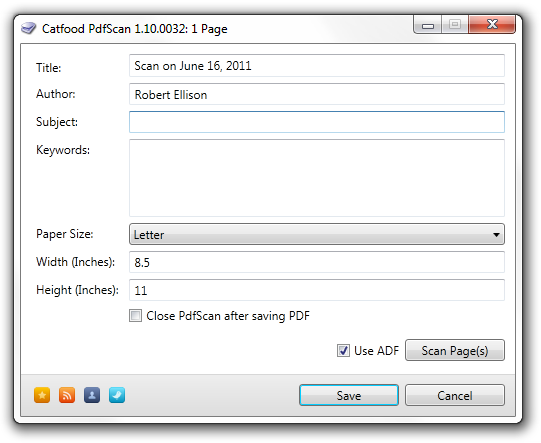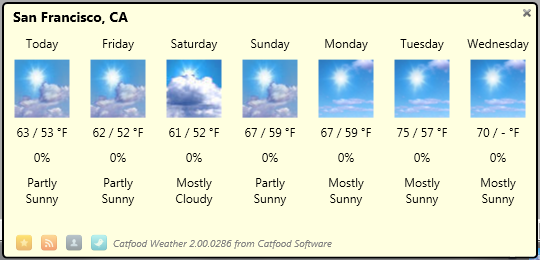Reviews and links for July 2011
The Psychopath Test: A Journey Through the Madness Industry by Jon Ronson
4/5
Jon Ronson just has an incredible knack of getting crazy people to talk to him. In The Psychopath Test he mixes with Scientologists, CEOs, psychopaths and psychopath hunters. The book is both funny and very disturbing. There's the theory that a significant proportion of CEOs and politicians are successful because they are psychopaths. There's the somewhat arbitrary checklist that is used to diagnose a psychopath and the impossible situation of trying to prove that you're sane once you've been committed. And there's the profit seeking alliance between drug companies and psychologists that Ronson claims has led to over *three million* children being diagnosed as bipolar in the US when quite possibly none of them are.
One Day by David Nicholls
3/5
A sharply observed romance spanning the 80s, 90s and 00s. Initial lust turns to friendship, hatred, some more friendship and finally love. Decent enough read.
Links
- Why do so many people online hate "The Smurfs"? from All Salon (Because so many people IRL do).
- Decoupling Civil Timekeeping from Earth Rotation from jwz (Very silly.).
- Batman logo in equation form from Boing Boing (Wow :)).
- Spotify sued over music streaming from BBC News - Home (Trolls with a feeble looking patent. Sigh.).
- Judge blocks circumcision ban bid from BBC News - Home (Then under what theory is female circumcision banned?).
- Slower high-speed rail encouraged by officials from San Francisco Bay Area News — — SFGate (Actual story less depressing than headline).
- Is monogamy essential to democracy? from All Salon (No, you're thinking of mahogany).
- We could have had the Moon, instead we get Afghanistan from jwz (Actually nearly three moons...).
- Cable in attack on 'US nutters' from BBC News - Home (Go Vince!).
- Belgium's veil ban now in force from BBC News - Home (-1).
- Medical Examiner: Bullet That Killed Kenneth Harding Not From Police from KQED News Fix (Will the protesters turn out for some community service this weekend then?).
- Senator Franken shames homophobic imbecile from Boing Boing (Go Al!).
- Government 'to back badger cull' from BBC News - Home ('badger' is a British euphemism for 'tabloid journalist').
- The Brain on Trial from jwz (Not guilty by reason of finely tuned initial conditions).
- A popular idea for making California's votes count from San Francisco Bay Area News — — SFGate (Death to the Electoral College!).
- Final space shuttle launch, as seen from booster camera (video) from Boing Boing (Incredible).
- Entrepreneurial OCD from I, Cringely (+1).
- Photo: Father and son at first and last Space Shuttle launches, 30 years apart from Boing Boing (...).
- Unusual toilets from Boing Boing (They missed the pop up toilets from Reading.).












